Curriculum Blog
Earth Day - Thursday 22nd April 2021
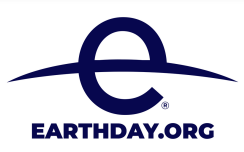 This year's Earth Day 2021 (part of a wider Earth Week running from 16th to 22nd April) focusses on the theme "Restore Our Earth". It begins with a global youth climate summit led by Earth Uprising, in collaboration with My Future My Voice, OneMillionOfUs and hundreds of youth climate activists and aims to champion the voices of thousands of groups and individuals to stand up for climate action and raise awareness of humanity’s greatest existential threat.
This year's Earth Day 2021 (part of a wider Earth Week running from 16th to 22nd April) focusses on the theme "Restore Our Earth". It begins with a global youth climate summit led by Earth Uprising, in collaboration with My Future My Voice, OneMillionOfUs and hundreds of youth climate activists and aims to champion the voices of thousands of groups and individuals to stand up for climate action and raise awareness of humanity’s greatest existential threat.
EARTHDAY.ORG™ works in countries around the world to drive meaningful action for our planet across these issues:

Earth Day’s website hosts a range of education and action resources linked to climate and the environment and of course you could host an assembly, get out and explore the great outdoors and/or read books across the school with a focus on climate action, conservation and restoration and plastic and pollution. (Some suggestions are listed here and here, but these lists are by no means exhaustive).
There are many resources that LGfL schools can use:
BusyThings have collated activities together under their "special events" tab; these include templates to write about climate change, order mountain elevations around the world from smallest to tallest, rainforest deforestation and so much more.
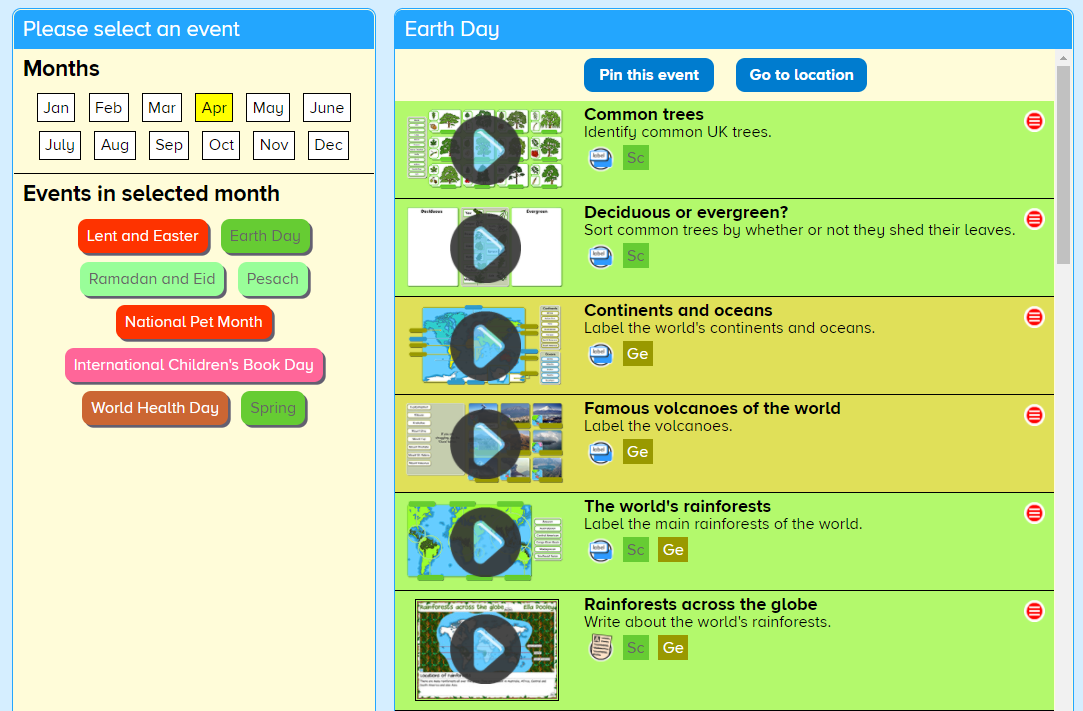
The ever-popular j2e Tool Suite can also be used on Earth Day, for a range of activities. Why not get pupils to write or draw about climate activist Greta Thunberg who has taken a year off school to explore the science of global warming and challenge world leaders, calling for action on climate change? Or they could make an animation of our diverse planet in JIT's j2animate?
Below is an example of nature in action using j2animate:
You could also use LGfL's Polar Exploration resource to explore Shackleton’s adventure. LGfL worked with the Scott Polar Research Institute at Cambridge University in creating this comprehensive resource, which provides a unique insight into the 'Heroic Age of Scientific Discovery'.
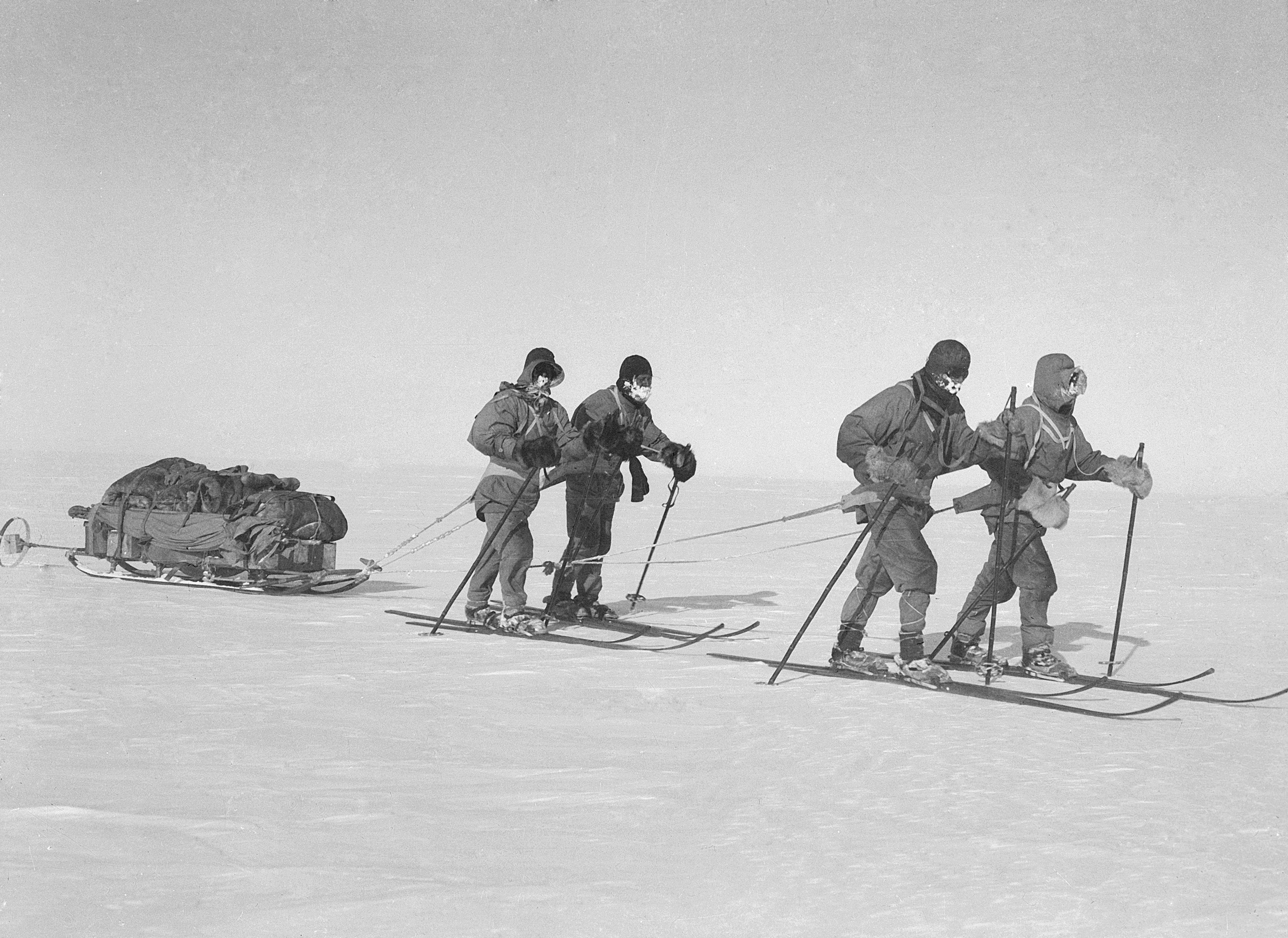 British Antarctic Expedition 1910-13
British Antarctic Expedition 1910-13
The resource features exclusive access to the historic archive of the most famous polar expeditions of the 20th Century, including:
- Video footage of equipment and artefacts from the most famous expeditions, complete with text transcripts of the expert explanations
- High-resolution photographs of objects featured in the video footage
- Journal extracts read by a descendant of a member of Captain Scott's Discovery expeditio
- Interactive map of the Polar Regions with plotted locations of the multimedia asset
- The opportunity to meet a modern-day polar explorer and hear of his experiences living for extended periods of time in some of the world's most extreme environments.
- A wide range of learning materials to support KS2, KS3 and KS4.
If you are considering what makes Earth different from the other planets in our solar system then you could explore LGfL’s Space Adventures - Mission to the Moon. The resource is based around the intrepid astronaut, Tazz Anderson and her on board computer (MIC) on her journey to the moon. Her mission is to bring the valuable, raw material 'Dysprosium' back to planet Earth for use in smart devices.
This unique and engaging cross-curricular resource is based around an original story, commissioned by LGfL, from the award-winning author Cath Howe. The resource features a comprehensive set of resources for maths, English and science and even a computing unit created by Max Wainewright.
Watch the clip below to discover how you can take the resource even further, by experimenting with greenscreening with your pupils:
The entire primary ‘Switched on Science’ scheme, offers full coverage across both Key Stage 1 and 2 and is available with LGfL. It is a flexible and creative investigation-based programme with a clear focus on working scientifically. It is packed with best-practice CPD videos and supportive lessons to ensure every teacher can deliver the science curriculum with confidence. The package comes with all the additional resources teachers need to teach the entire science curriculum, ranging from a video for each unit, teacher guide, pupil workbooks, ideas for differentiation, and much more.
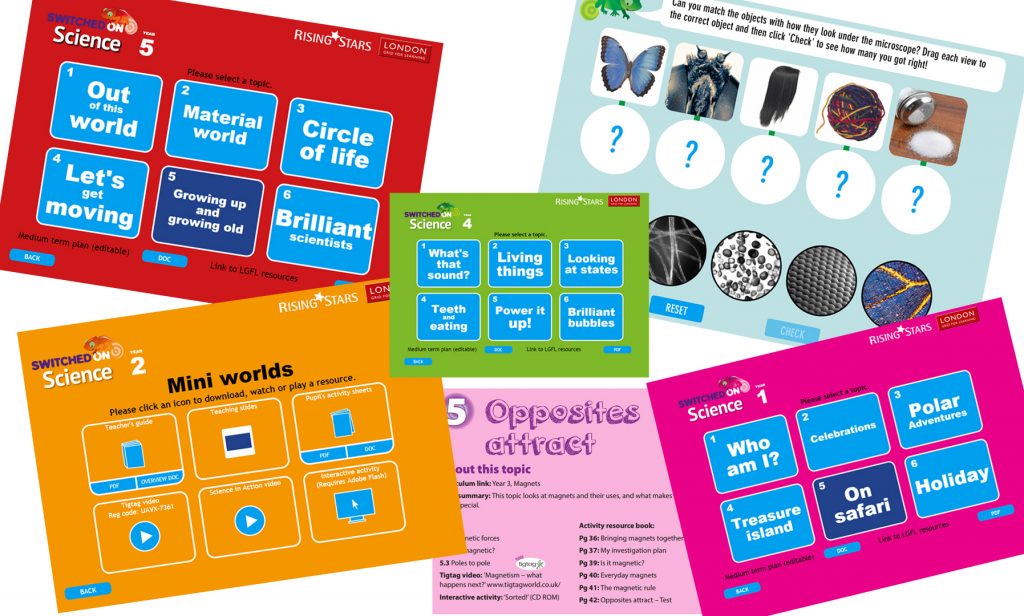
Widgit Symbols are simply drawn, colourful symbols designed to illustrate a single concept in a clear and concise way. They cover a range of topics (including science and geography) wide enough to make them suitable for symbol users of all ages and abilities. Already used by many SEND departments and schools, the entire symbol database of over 15,000 images is available to you to search and download. The use of these symbols increases the accessibility of written text by giving readers of all literacy levels greater access to information. As they are designed specifically for written information, Widgit Symbol users can develop a real independence in reading and writing. Look in WidgitActivities for visual, varied and differentiated worksheets which include Widgit symbols to help you making the curriculum accessible for all learners. The example below is from "Gases Around Us" in the science section of Widgit Activities: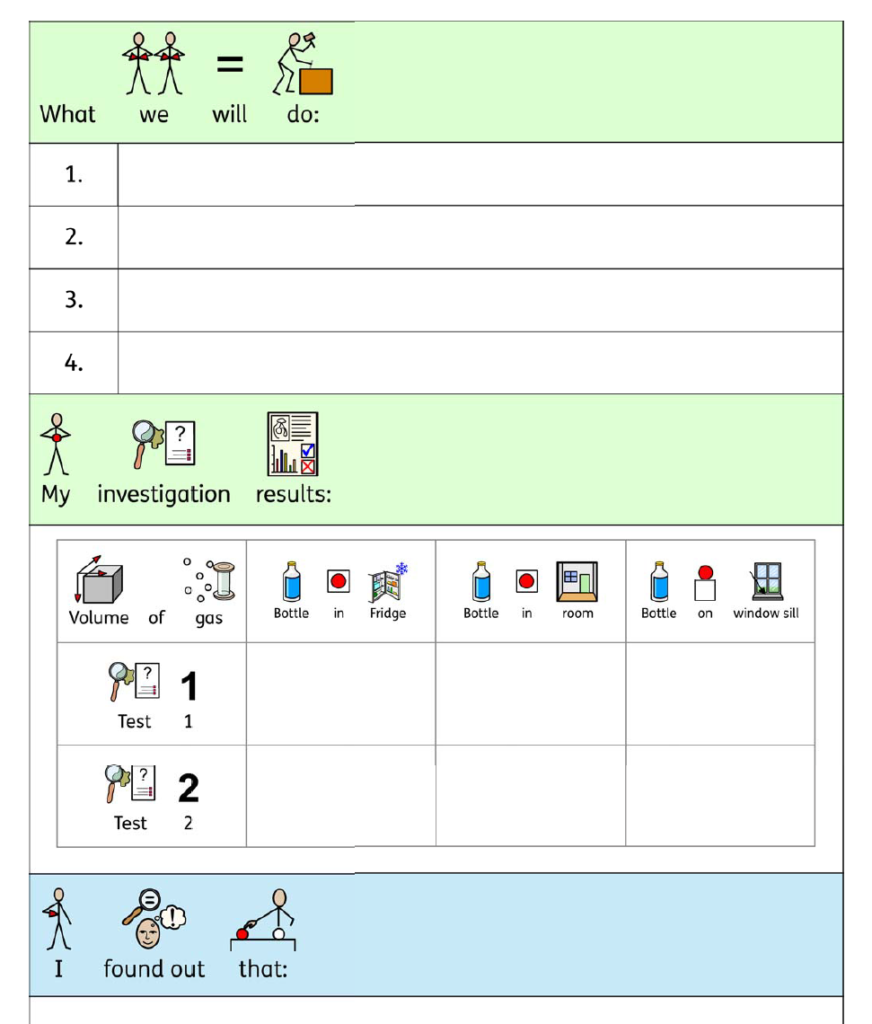
You could also download our Significant People and Events resource for KS1 and KS2; this resource takes a handful of particularly important people and events to help pupils to investigate their impact on history. Using Augmented Reality you can simulate the spread of the Great Plague, or explore the first powered flight test and even touch down on the surface of the moon with a 3D animation of the Eagle landing. The resource is further explained by the creators below:
In addition, Explore Geography ‘Active Worksheets’ have AR triggers embedded so they can be printed out and distributed to students to support group or individual investigations. They cover a range of topics and concepts within both the KS2 and KS3 curriculum and are perfect for using to cover specifications of the GCSE curriculum with students. Spinning Planet looks at the Coriolis effect and is an interactive 3D model of the globe with students able to observe Hurricanes, Cyclones and Typhoons in action across the globe. With a Divided Planet , an interactive 3D model of the Earth enables pupils to examine lines of longitude and latitude alongside the tropics and Equator, these can be switched on and off and highlighted, something you are just not able to do on a physical globe or diagram.
Andy Warhol once said, “I never read, I just look at pictures.” A poster competition can be an exciting way to spark creativity with students, engage them with a specific topic and get started with your free Adobe licenses (available to all LGfL schools). Adobe Spark for Education offers tools that are very easy to use, even for primary aged pupils! Using Adobe Spark Post pupils can easily create beautiful and professional looking posters in very short amount of time. Have a look at these amazing examples for ideas (remember the competition states it needs to be the pupils' own ideas) or go through a short 45 minute, free online course on "Creating Posters with Your Students" at Adobe Education Exchange.
If you want to unleash your and your pupils full creative powers, you might want to try Adobe InDesign. Precise colour control, thousands of font choices, effective selection and editing tools - Adobe InDesign has everything you need to create a solid design on a large canvas. Creative Cloud tutorials offer you quick an easy way to get started with basics of all the Creative Cloud applications.
Other Resources:
Oxfam have designed a guide for teachers - The Sustainable Development Goals. The Sustainable Development Goals (SDGs) are a set of ambitious and urgent goals and targets aimed at changing our world for the better. Packed with practical advice, useful information, cross-curricular activity ideas and inspiring case studies; this guide aims to deepen teachers’ understanding of education about and for the SDGs.
Terrific Scientific from the the BBC is a set of curriculum-linked primary science resources for Key Stage 2 aimed at encouraging scientific enquiry. The resources focus on a series of practical classroom investigations linked to the curriculum, so teachers can use each one as a stand-alone science project, or as part of a bigger topic. For each investigation, there is an introductory film, fronted by well-known figures relevant to the age-group; a ‘how to…’ film which demonstrates the investigation, a downloadable teacher resource (including curriculum links) and student worksheets. Perfect for using Earth Day and beyond.
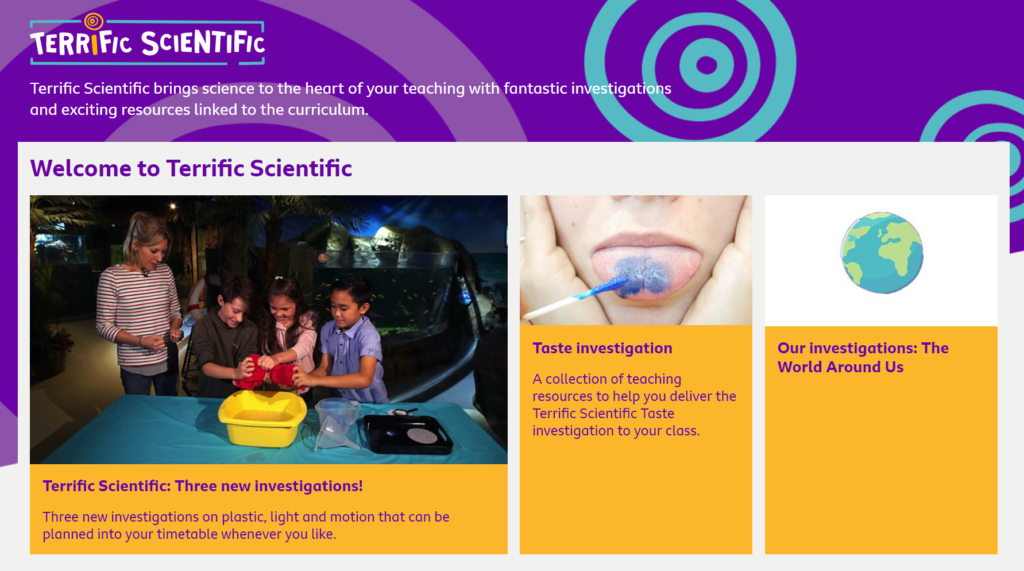
Explorify is another great site for free science resources. The Explorify activities are bitesize prompts for discussion and investigation, their high-quality image, video and hands-on activities are sure to spark curiosity and get your class thinking like scientists. Choose from a wide range of curriculum-linked, low-prep activities that will set young minds whizzing and whirring.
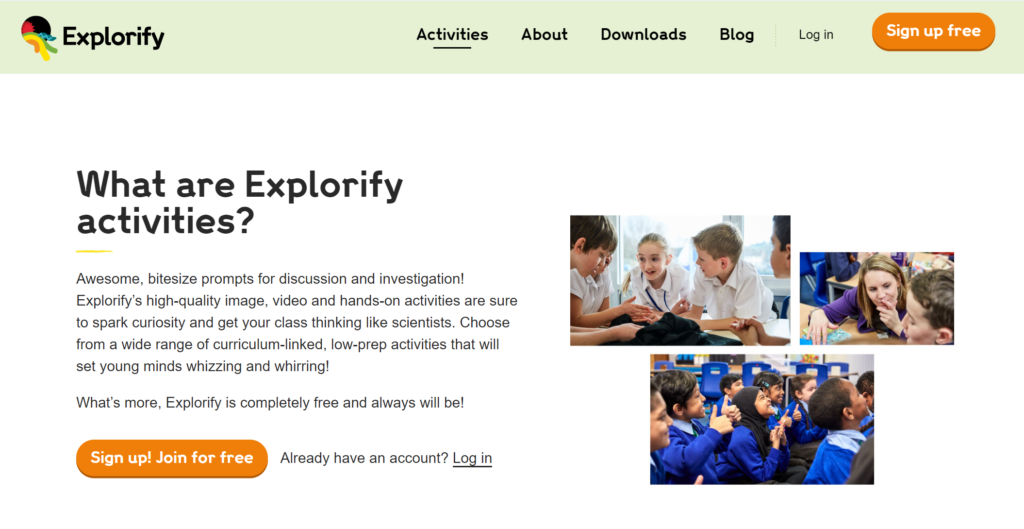
Whatever you decide to do on Earth Day, we hope you have a fabulous time with your pupils at school! Remember we would love to see any photographs, posters or other work completed by your pupils. Please share with us via our Twitter or Facebook pages using the hashtag #EarthDay.
